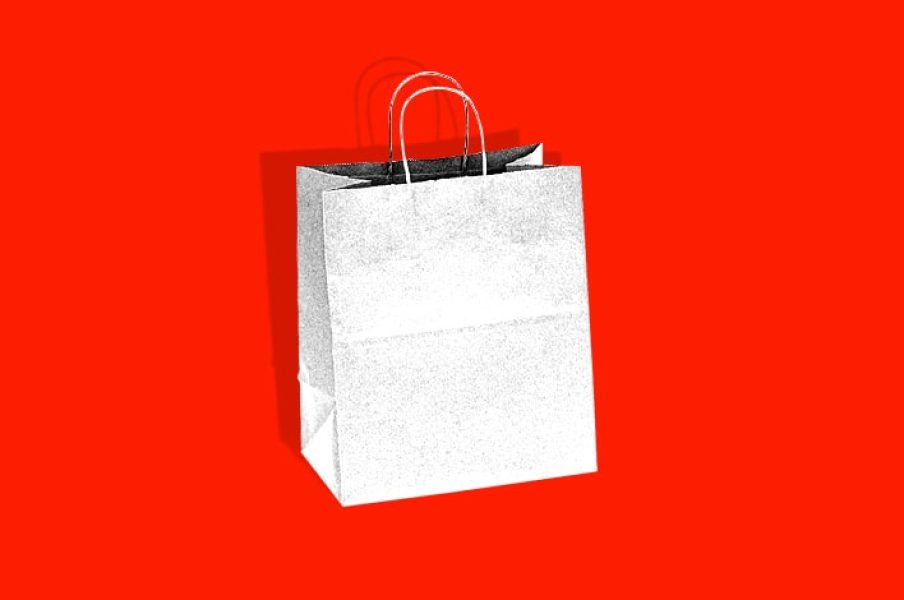The global economy is continuing to feel the effects of the COVID-19 pandemic as inflation rates appear to be rising at an unstoppable rate. In July, the Bureau of Labor Statistics reported that consumer pricing had increased 5.3 percent over the prior year. For consumers, this can be a frightening statistic, but there is some evidence that indicates there is more to the story.
Key Drivers of Inflation in 2021
Inflation is a relatively normal phenomenon that occurs in any healthy economy. But the rates are significantly higher than average (Over the last 40 years, inflation in the United States has averaged about 3.5 percent).
What’s unique about this situation is that inflation isn’t affecting every type of good like you would expect in a normal year. Some goods are seeing astronomical inflation rates, including fuel, automobiles, lumber, and furniture. Much of this is due to shifts in consumer spending habits or constraints to manufacturing and supply chains.
Creation of New Dollars
In most cases, inflation results from the creation of new money that is injected into the economy. The Federal Reserve is responsible for monitoring inflation and controlling the circulation of currency to keep inflation in check. In 2020 alone, the US government created about $3.5 trillion of new money to help cover the cost of various stimulus packages and consumer relief programs. The Federal Reserve is already on track to exceed the 2020 targets for currency creation.
Product Demands Due to the Pandemic
Another factor that is affecting inflation rates is the changes in consumer spending. The COVID-19 pandemic has completely changed buyer behavior. People who transitioned to working remotely are spending less on fuel. Restaurant patronage declined, and at-home food delivery services saw an increase in demand. When demand surges for products, this forces the price to inflate until the supply chain is able to catch up.
Supply Chain Disruption
The demand for shipping quickly fell during the pandemic due to lower consumer demand and overseas factories shutting down operations for a short period of time. As consumer demand returned, the supply chain struggled to ramp up operations. Container ships had to be rerouted and ports needed to increase staffing.
One port that has been impacted significantly is the Port of Los Angeles which receives the majority of US shipments from Asia. The quick increase in container ships created a backlog that has lingered for months. At its peak, the wait time to be unloaded exceeded a week, with dozens of vessels in holding patterns off the California coast. This situation continues to improve but has slowed down the supply of some goods that rely on maritime transportation, such as automobiles and lumber.
What the Future Holds
As the economy comes out of the COVID-19 pandemic and supply chains begin to adapt to new demands, the rate of inflation is expected to normalize. Another positive note is that SHRM (The Society for Human Resource Management) has indicated that wages are on track to increase 3 percent this year (ahead of the expected 2.6 percent target). This should help to soften the impact of the high inflation rate slightly.
Unfortunately, we aren’t out of the woods yet. The Federal Reserve predicts that we should expect to see higher than normal inflation rates for the near future. Economists from the Wall Street Journal agree and have predicted that these rates will continue through 2023. While consumers must endure this a little while longer, it’s reassuring that there is an end in sight.
Like what we have to say? Sign up to subscribe to email alerts and you’ll never miss a post.










